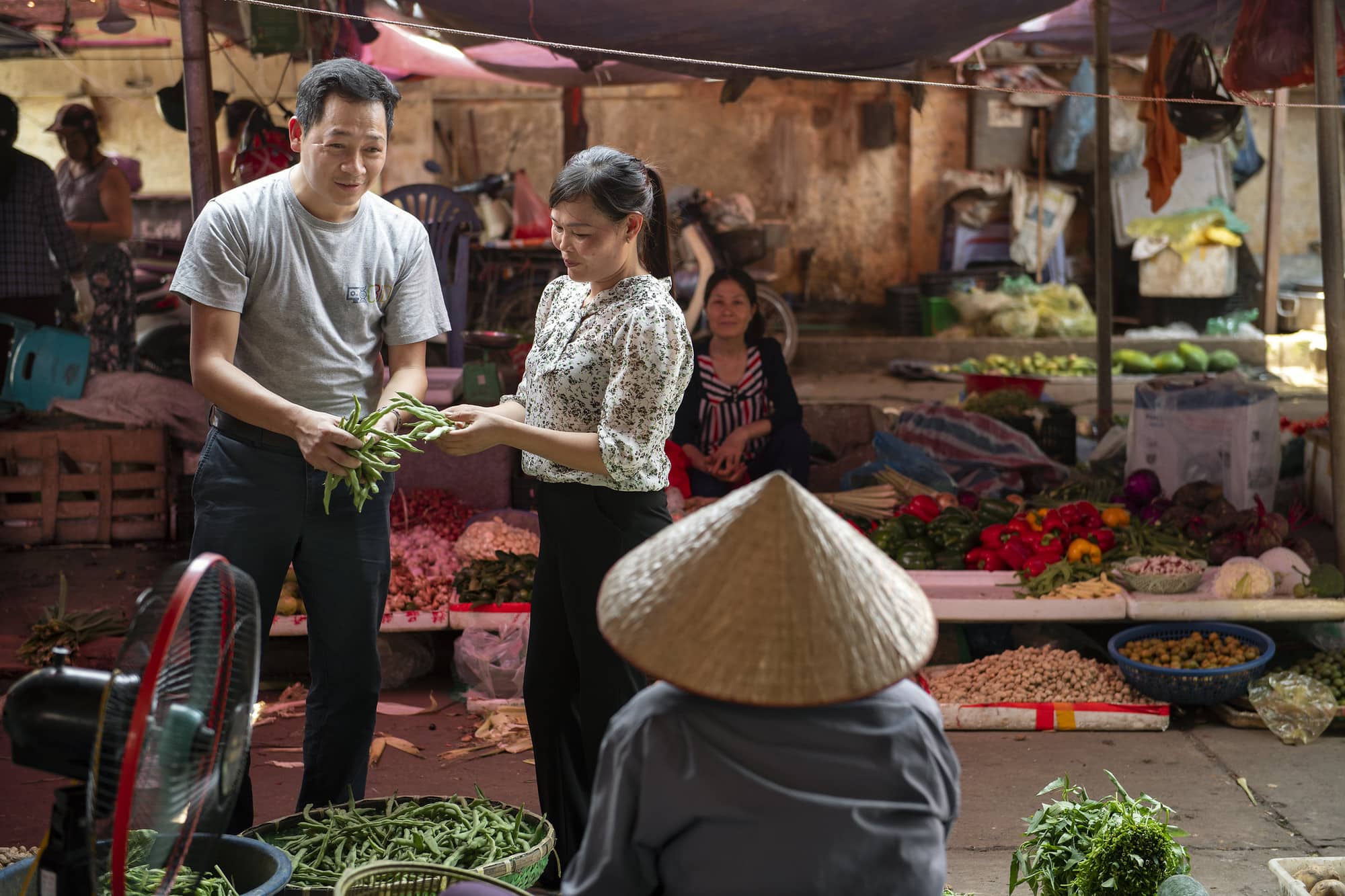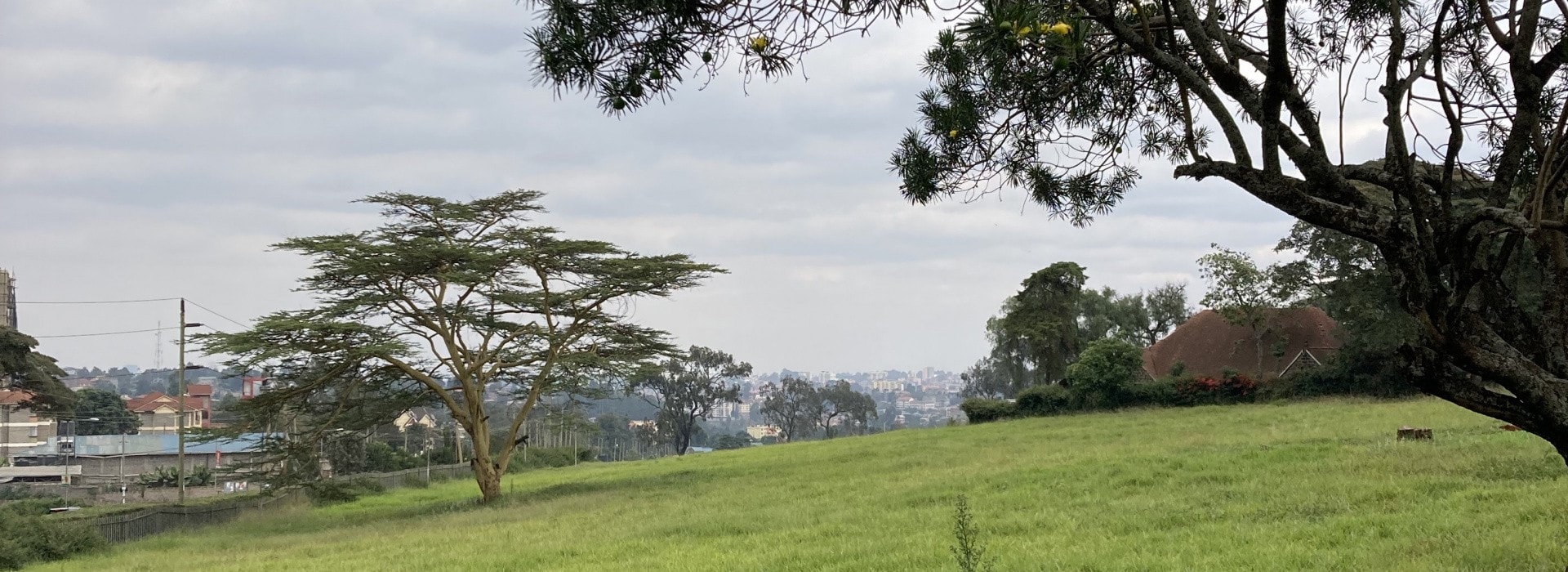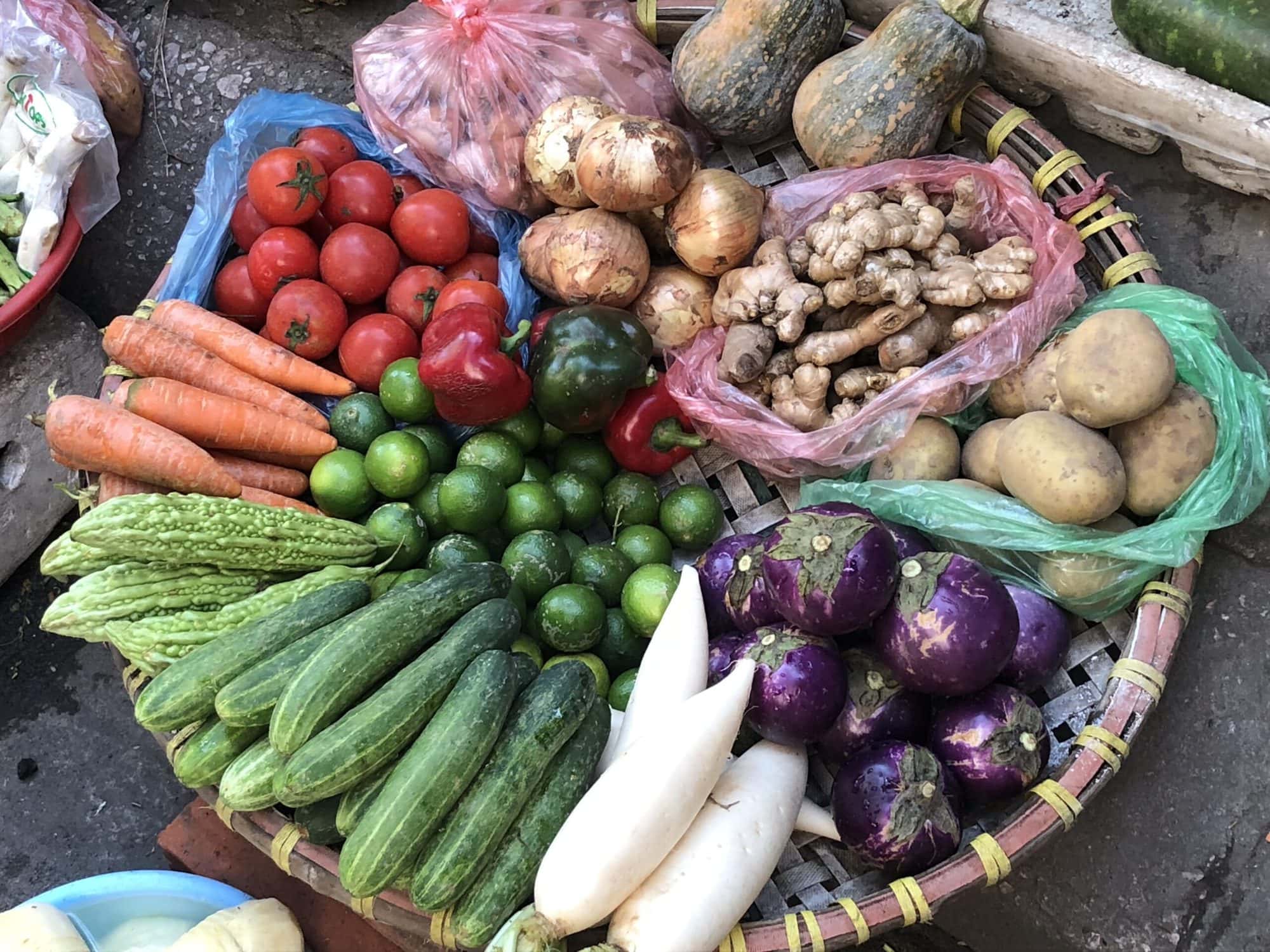Challenge
Decisions on how to invest scarce resources in CGIAR genetic innovation systems have been predominantly supply-driven, and therefore potentially out-of-sync with the demands of smallholders, consumers and agro-industry. The turnover of improved crop varieties developed by CGIAR and its partners has been slow. Farmers may not be well informed about varietal options available to them, or reluctant to experiment with new varieties. Small-scale seed businesses lack incentives to actively promote new varieties given weak demand. Little is known about the drivers of varietal replacement and product substitution, and the role of downstream market actors such as traders, processors, and consumers in this process.
There is clear recognition of the need for demand- and data-driven processes to guide genetic innovation systems, but efforts to advance this remain incomplete and fragmented within CGIAR. Current product profile design is strongly biased towards agronomic and stress tolerance traits, with little systematic identification and integration of traits that contribute to wider social impact.
Objective
This Initiative aims to maximize CGIAR and partners’ returns on investment in breeding, seed systems and other Initiatives based on reliable and timely market intelligence that enables stronger demand orientation and strengthens co-ownership and co-implementation by CGIAR and partners.
Activities
This objective will be achieved through:
- Market intelligence: collecting data to map global and regional challenges across CGIAR’s five Impact Areas and translating them into priorities for genetic innovation by identifying drivers of demand for crops, seed and traits, as well as variation of demand by gender, age and social group.
- Product profile design: creating new generation gender-intentional product profiles using market intelligence.
- Behavioral intelligence: generating intelligence on what drives farmers, consumers and private-sector decisions to adopt new varieties, and supporting other Initiatives in identifying cost-effective and inclusive strategies for accelerating varietal uptake.
- Pipeline investment cases: describing the opportunity or potential impact in each product market segment and across the segments served by a pipeline, and determining the return on investment for each pipeline, developing recommendations for the prioritization of and level of investment in each pipeline.
- Institutional scaling and monitoring, evaluation, learning and impact assessment (MELIA): establishing a collaboration hub across Genetic Innovation Initiatives and partners to develop scaling mechanisms for the adoption of institutional standards and processes in market segmentation and gender-intentional product profile design, and conduct rigorous MELIA of the portfolio.
Engagement
This Initiative will work in several countries globally.
Outcomes
Proposed 3-year outcomes include:
- At least three transdisciplinary teams across CGIAR and partners in prioritized regions are empowered in co-implementation of market and behavioral intelligence and co-design of product profiles.
- At least 10 CGIAR partners in prioritized regions adopt institutional standards and processes for market segmentation and product profile design, sharing of market and behavioral intelligence, and monitoring of outcomes.
- At least five seed suppliers, food companies, and NGOs in prioritized regions use market and behavioral intelligence from the Initiative in strategic decision making.
- At least three research leaders and investors make investment decisions using pipeline investment cases and the Initiative’s investor dashboard. Increased availability of information and transparent, holistic analyses of high-impact opportunities attract increased investments in under-invested and new-opportunity market segments.
Impact
Projected impacts and benefits include:
 |
GENDER EQUALITY, YOUTH & SOCIAL INCLUSION
More than 2.5 million women producers (and 3.4 million women and girls in adopting households) are projected to benefit from high-yield fast cooking beans and orange-flesh sweetpotato. Market intelligence disaggregated by gender, youth, and social group informs crop prioritization and gender-aware product profiles that contribute to increased gender equality, a fair labor-benefit balance for women, and social inclusion of stakeholders. |
 |
POVERTY REDUCTION, LIVELIHOODS & JOBS
More than 42.6 million people (9 million households) are projected to benefit from higher-yielding rice and wheat, and stress-tolerant maize. The breadth and depth of poverty inform the weighting of market segments and prioritization of investment among crops and areas, helping to define the optimal mix of product and byproduct traits that improves farmers’ livelihoods and contributes to job and income generation in food systems. |
 |
NUTRITION, HEALTH & FOOD SECURITY
More than 23.1 million people (4.7 million households) are projected to benefit from higher-yielding vitamin A-rich cassava and orange-flesh sweetpotato. Intelligence on dietary recommendations, consumer preferences and demand, and the triple burden of malnutrition is used to build investment cases for breeding and seed delivery, ultimately leading to farmer adoption of healthier crops and traits that improve nutrition and health and facilitate crop diversification. |
 |
CLIMATE ADAPTATION & MITIGATION
More than 69.9 million people (14.7 million households) are projected to benefit from stress-tolerant maize. Forward-looking information on climate change that informs investment cases for breeding and seed delivery, combined with behavioral intelligence that helps to increase farmer and industry awareness of the value of new varieties, will ultimately lead to farmer adoption of crops and varieties that are more resilient to climate extremes and climate-induced pest and diseases, and which contribute to climate change mitigation. |
 |
ENVIRONMENTAL HEALTH & BIODIVERSITY
70,000 additional genetic accessions are expected to become available (an increase of 15%). Forward-looking information on trends related to biotic stresses informs product profile targets for characteristics that can reduce farmers’ reliance on chemicals, water use, and environmental footprint, and facilitate the preservation of biodiversity in farmers’ fields. |
The intelligent approach to make genetic innovations count for sustainable development
 |
For more details, view the Initiative proposal |
Header photo: Hung Nguyen (left), ILRI food system specialist together with Ly Thi Nguyen (right), market vendor. Photo by C. de Bode/CGIAR.








